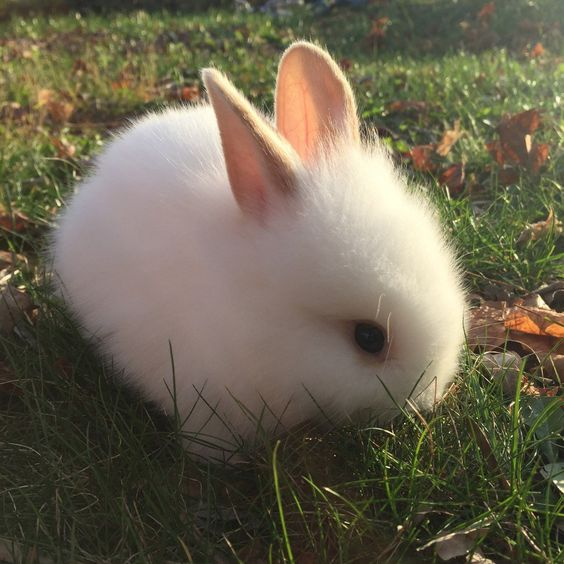use crate::{
Application, Color, Command, Element, Error, Settings, Subscription,
};
/// A sandboxed [`Application`].
///
/// If you are a just getting started with the library, this trait offers a
/// simpler interface than [`Application`].
///
/// Unlike an [`Application`], a [`Sandbox`] cannot run any asynchronous
/// actions or be initialized with some external flags. However, both traits
/// are very similar and upgrading from a [`Sandbox`] is very straightforward.
///
/// Therefore, it is recommended to always start by implementing this trait and
/// upgrade only once necessary.
///
/// # Examples
/// [The repository has a bunch of examples] that use the [`Sandbox`] trait:
///
/// - [`bezier_tool`], a Paint-like tool for drawing Bézier curves using
/// [`lyon`].
/// - [`counter`], the classic counter example explained in [the overview].
/// - [`custom_widget`], a demonstration of how to build a custom widget that
/// draws a circle.
/// - [`geometry`], a custom widget showcasing how to draw geometry with the
/// `Mesh2D` primitive in [`iced_wgpu`].
/// - [`pane_grid`], a grid of panes that can be split, resized, and
/// reorganized.
/// - [`progress_bar`], a simple progress bar that can be filled by using a
/// slider.
/// - [`styling`], an example showcasing custom styling with a light and dark
/// theme.
/// - [`svg`], an application that renders the [Ghostscript Tiger] by leveraging
/// the [`Svg` widget].
/// - [`tour`], a simple UI tour that can run both on native platforms and the
/// web!
///
/// [The repository has a bunch of examples]: https://github.com/hecrj/iced/tree/0.1/examples
/// [`bezier_tool`]: https://github.com/hecrj/iced/tree/0.1/examples/bezier_tool
/// [`counter`]: https://github.com/hecrj/iced/tree/0.1/examples/counter
/// [`custom_widget`]: https://github.com/hecrj/iced/tree/0.1/examples/custom_widget
/// [`geometry`]: https://github.com/hecrj/iced/tree/0.1/examples/geometry
/// [`pane_grid`]: https://github.com/hecrj/iced/tree/0.1/examples/pane_grid
/// [`progress_bar`]: https://github.com/hecrj/iced/tree/0.1/examples/progress_bar
/// [`styling`]: https://github.com/hecrj/iced/tree/0.1/examples/styling
/// [`svg`]: https://github.com/hecrj/iced/tree/0.1/examples/svg
/// [`tour`]: https://github.com/hecrj/iced/tree/0.1/examples/tour
/// [`lyon`]: https://github.com/nical/lyon
/// [the overview]: index.html#overview
/// [`iced_wgpu`]: https://github.com/hecrj/iced/tree/0.1/wgpu
/// [`Svg` widget]: crate::widget::Svg
/// [Ghostscript Tiger]: https://commons.wikimedia.org/wiki/File:Ghostscript_Tiger.svg
///
/// ## A simple "Hello, world!"
///
/// If you just want to get started, here is a simple [`Sandbox`] that
/// says "Hello, world!":
///
/// ```no_run
/// use iced::{Element, Sandbox, Settings, Text};
///
/// pub fn main() -> iced::Result {
/// Hello::run(Settings::default())
/// }
///
/// struct Hello;
///
/// impl Sandbox for Hello {
/// type Message = ();
///
/// fn new() -> Hello {
/// Hello
/// }
///
/// fn title(&self) -> String {
/// String::from("A cool application")
/// }
///
/// fn update(&mut self, _message: Self::Message) {
/// // This application has no interactions
/// }
///
/// fn view(&mut self) -> Element<Self::Message> {
/// Text::new("Hello, world!").into()
/// }
/// }
/// ```
pub trait Sandbox {
/// The type of __messages__ your [`Sandbox`] will produce.
type Message: std::fmt::Debug + Send;
/// Initializes the [`Sandbox`].
///
/// Here is where you should return the initial state of your app.
fn new() -> Self;
/// Returns the current title of the [`Sandbox`].
///
/// This title can be dynamic! The runtime will automatically update the
/// title of your application when necessary.
fn title(&self) -> String;
/// Handles a __message__ and updates the state of the [`Sandbox`].
///
/// This is where you define your __update logic__. All the __messages__,
/// produced by user interactions, will be handled by this method.
fn update(&mut self, message: Self::Message);
/// Returns the widgets to display in the [`Sandbox`].
///
/// These widgets can produce __messages__ based on user interaction.
fn view(&mut self) -> Element<'_, Self::Message>;
/// Returns the background color of the [`Sandbox`].
///
/// By default, it returns [`Color::WHITE`].
fn background_color(&self) -> Color {
Color::WHITE
}
/// Returns the scale factor of the [`Sandbox`].
///
/// It can be used to dynamically control the size of the UI at runtime
/// (i.e. zooming).
///
/// For instance, a scale factor of `2.0` will make widgets twice as big,
/// while a scale factor of `0.5` will shrink them to half their size.
///
/// By default, it returns `1.0`.
fn scale_factor(&self) -> f64 {
1.0
}
/// Runs the [`Sandbox`].
///
/// On native platforms, this method will take control of the current thread
/// and __will NOT return__.
///
/// It should probably be that last thing you call in your `main` function.
fn run(settings: Settings<()>) -> Result<(), Error>
where
Self: 'static + Sized,
{
<Self as Application>::run(settings)
}
}
impl<T> Application for T
where
T: Sandbox,
{
type Executor = crate::runtime::executor::Null;
type Flags = ();
type Message = T::Message;
fn new(_flags: ()) -> (Self, Command<T::Message>) {
(T::new(), Command::none())
}
fn title(&self) -> String {
T::title(self)
}
fn update(&mut self, message: T::Message) -> Command<T::Message> {
T::update(self, message);
Command::none()
}
fn subscription(&self) -> Subscription<T::Message> {
Subscription::none()
}
fn view(&mut self) -> Element<'_, T::Message> {
T::view(self)
}
fn background_color(&self) -> Color {
T::background_color(self)
}
fn scale_factor(&self) -> f64 {
T::scale_factor(self)
}
}
